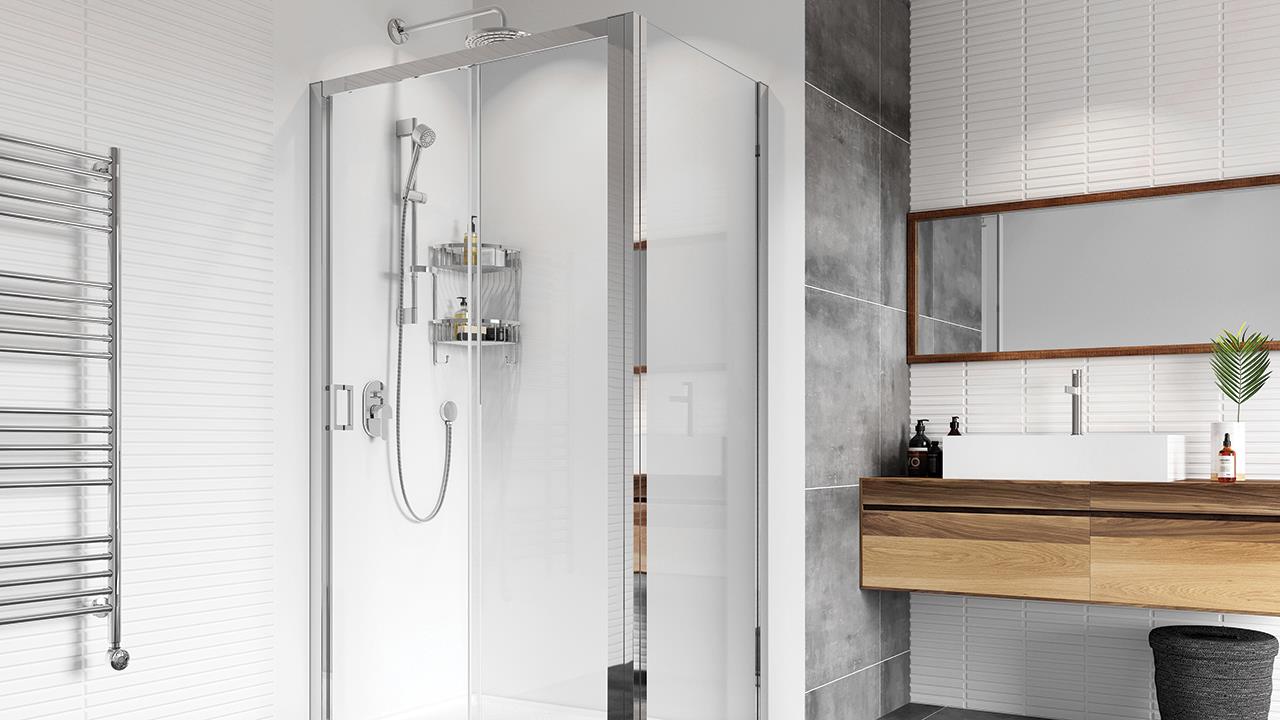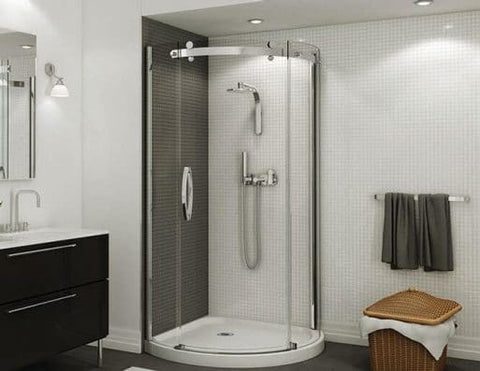Professional Tips for Installing a New Shower Unit
Professional Tips for Installing a New Shower Unit
Blog Article
We have uncovered the article involving How to Install a Freestand directly below on the internet and reckoned it made good sense to write about it with you here.

A successful shower setup calls for cautious planning as well as a great deal of job. Most of the times, you will need to do three kinds of jobs: framing wall surfaces, installing the plumbing, and also ending up walls.
Various Sorts Of Shower Units
Most Typical Blunders
Prep work.
First of all, you must select the type of shower that you want to install. It is important to ascertain whether the selected shower is capable of dealing with specific systems as well as can manage a risk-free degree of water with the boiler. Many shower units nowadays are created to be flexible to different water stress (such as kept hot water and cool keys).
It is additionally crucial to consider the water pressure as well as the planning of the piping as well as drainage for the shower.
Method.
Depending on the kind of shower you desire to install, the shower head need to either be fitted in order to avoid its contact with the water in the bath below or the base tray, or it has to have a check valve.
Prior to beginning, it is a good idea to mark the positions of the shower head and also control, and to plan the pipe-work included. Additionally, the drainage system to remove the drainage will require to be prepared. Both positions of the wire route and also the shower button will also need to be thought about if a rapid or electric shower device is being mounted.
Utilize the guideline overview provided with the shower unit to fit the shower control.Before fitting the pipes that will supply the water to the shower system, it is very important to remove the water. In order to secure the pipes, they need to be given a water-proof covering as well as likewise fitted with separating valves. The pipelines can after that be hidden right into the wall as well as plastered over to neaten the overall look.
Fit the base tray, shower head, and also fittings.
Connect the major shower control to the pipes that will be supplying the water (This may require a women screw string adapter).
Reconnect the water system as well as test the pipes for any type of leaks, as some may need tightening up.
If you are installing an electric shower, bear in mind to turn off the power supply before making any kind of electric links. When these connections have actually been made (there ought to be assistance within the instruction manual), the power supply can be switched back on.
Readjusting Water Pressure to Fit Your Shower.
The cold water reservoir can be lifted to a better elevation (often as little as 150mm (6inches)) by installation a strong wood support underneath it - possibly composed of struts and also blockboards. If you choose this choice, the major and also circulation pipes will certainly additionally need to be increased to satisfy the brand-new height of the tank.
Conversely, a booster pump (a single pump or a dual/twin pump) can be fitted. Whichever kind is selected, it should be connected right into the power supply in order to run.
Piping and also Water drainage.
It is best to use 15mm size supply pipes, and make the runs to the shower as short and straight as possible so regarding preserve optimal stress and also reduce warm loss. In addition, by reducing the use of elbows for pipe corners, you can lower the resistance in the flow of the water system. You can accomplish this by bending the pipelines instead.
How Do You Install a Shower? Follow This Guide
Installing a Shower at a Glance
Tools & Materials: Level, electric drill, caulk, hole saw, cedar shims, shower unit Step 1: Drill pilot holes Step 2: Prep fixture holes Step 3: Move unit into place Step 4: Caulk corners and base Step 5: Attach door Step 6: Install shower pan Whenever plumbing is involved in a DIY project, people worry about what might go wrong. The truth is that installing a shower isn’t that complicated, and you can save a lot of money by doing it yourself. You shouldn’t need to make any alterations to your plumbing to complete the job, and most of the tools you need will be provided in your new shower kit.
Can I Install a Shower Myself?
Even if you’ve never installed a shower before, you’ll find this to be a project that is perfectly suited for DIYers with a moderate level of experience. Whether you're doing a bathtub conversion or installing a new stall, most of what you need comes in shower kits that you can purchase from a hardware store. The first thing you need to do is determine what type of shower stall you want.
Single-panel stalls are the easiest to install because they come preassembled. All you need to do is put them in place. Multi-panel showers require a few additional steps, but you’ve got more control over the appearance of your unit. Multi-panel units are also much easier to handle if you’re going to do the installation without any help.
Be sure to take all appropriate safety precautions, such as wearing eye protection and gloves. When you’re removing or installing a shower unit, you might kick up debris that could hurt your eyes. You’ll also need to work with equipment that will get extremely hot, so be sure to have safety gloves handy.
Tools and Materials
2- to 4-foot level Electric drill with a 1/8-inch drill bit Caulk 2-inch hole saw Cedar shims The unit itself Before You Begin: Prep the Space
It’s highly important to measure your space accurately before putting the stall in. Measuring from the floor upward and from each corner outward will ensure you’ve got the right measurements. What you’re looking for is where the plumbing apparatuses are going to come through the stall. Transfer these measurements over to the back of your unit by drawing the locations of these holes using a pencil or marker.
Pull out your old shower and make sure to scrape off all the old caulking. Be thorough because you want to work with smooth surfaces for the best installation. Once you’ve pulled out your existing shower, you need to make sure that the floor is clean and dry. The best way to clean debris is with a shop vacuum, as it’ll soak up water and dirt together.
If you’re experiencing any plumbing issues, such as low water pressure, this is a perfect opportunity to solve them. Make sure that the pipes themselves are not in need of patching and clean your showerhead. When you turn the water back on after your project, check the pipes for signs of wear or disrepair. Anything beyond minor repairs should be handled by a plumber, and this is the best time to bring in a professional.
If the floor has any moisture at all, don’t proceed until it’s completely dry. The last thing you need is for the floor to rot or invite mold and mildew into your base. Once everything is dry, apply waterproof wallboard to the walls. This can be attached with screws or nails, then sealed with caulk so that water doesn’t seep into any crevices.

I stumbled upon that post about How to Install a One-Piece Shower Unit while doing a search on the internet. Do you know about another person who is truly interested in the subject? Feel free to share it. I praise you for your time. Visit again soon.
Click Here Report this page